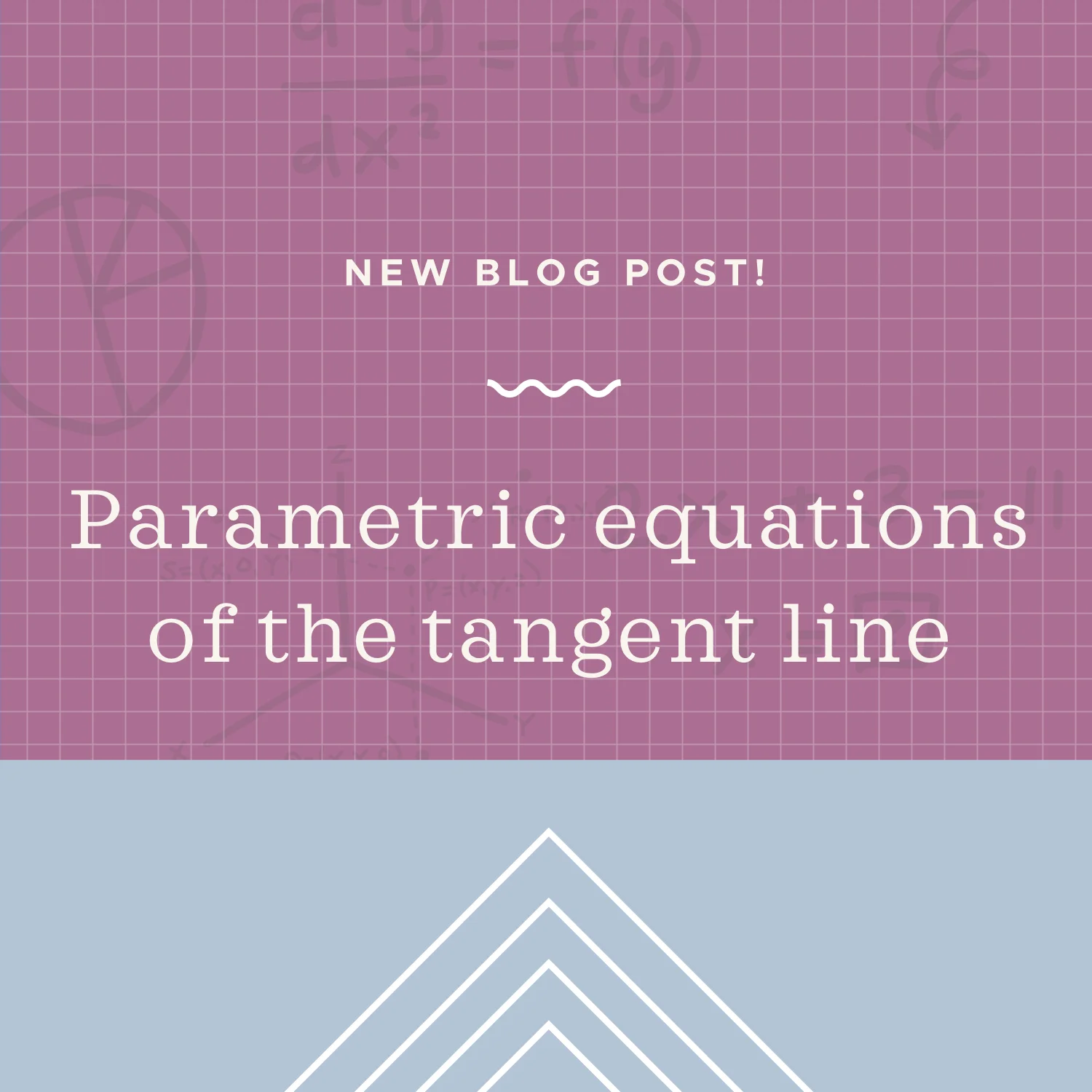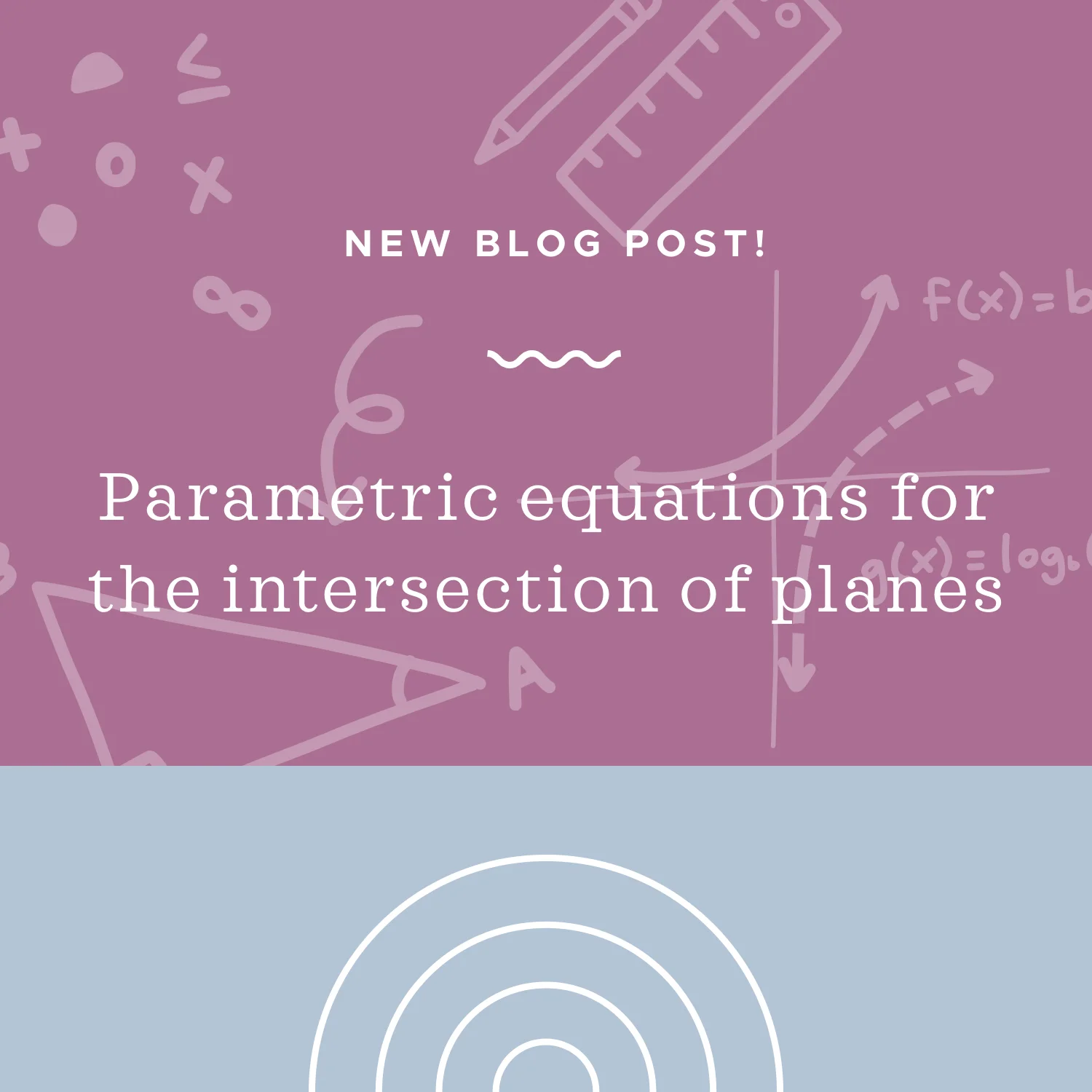The parametric equations of the tangent line of a vector function r(t)=[{r(t)_1,r(t)_2,r(t)_3] are x=x_1+r'(t_0)_1t, y=y_1+r'(t_0)_2t. and z=z_1+r'(t_0)_3t.
Read MoreTo determine whether two lines are parallel, intersecting, skew, or perpendicular, we’ll test first to see if the lines are parallel. If they aren’t parallel, then we test to see whether they’re intersecting. If they’re intersecting, then we test to see whether they are perpendicular, specifically. If they’re not intersecting, we skip the test for perpendicularity, and then we test for skewness.
Read MoreGiven a parametric curve where our function is defined by two equations, one for x and one for y, and both of them in terms of a parameter t, like x=f(t) and y=g(t), we can eliminate the parameter value in a few different ways.
Read MoreIf two planes intersect each other, the intersection will always be a line. The vector equation for the line of intersection is calculated using a point on the line and the cross product of the normal vectors of the two planes.
Read More





